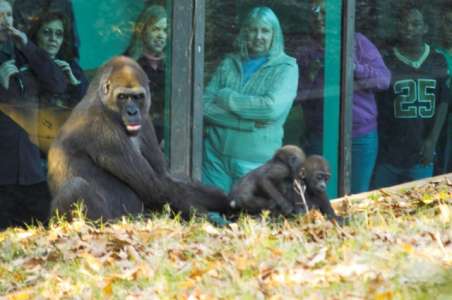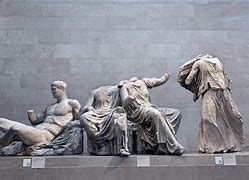Controversy Behind Captivity

Since the death of the now-famous gorilla Harambe, controversy has been flooding the gates of the Cincinnati Zoo. However, outrage over the ape’s death has not only sparked a heated discussion amidst the grounds of that particular zoo but conversely, the entire world. Aside from arguing on whether or not his death was justifiable, the fact that Harambe was an endangered species has ignited a debate on whether he should have been in captivity in the first place. With there only being fewer than 100,000 lowland silverback gorillas like Harambe in existence, many are questioning the validity of zoos showcasing animals in general—especially the endangered ones.
Despite the controversy, many people have continued to support the zoo’s actions. On a different but larger discussion, many people have defended zoos across America for a myriad of reasons other than tradition. For example, many argue that exhibits engage urban audiences to extraordinary species and educate people in fun, yet informative ways. In the case of the Cincinnati Zoo, the park always made a concerted effort to educate its visitors about the threats gorillas face from deforestation, disease and poaching. In addition to this, the zoo claims to have sustained a pool of genetic diversity from a species at risk of extinction in the wild.
On the flipside, people opposed to animals living in captivity for the sake of human entertainment have their own argument. In some instances, the conditions of the enclosures are unsterile and inadequate. The orca and dolphin displays at Sea World epitomize how an insufficient environment can negatively impact the health and behavior of the animals. As a consequence of this, multiple cases of grisly attacks were recorded between the animals and their trainers/caretakers. However, what is even more astonishing about these instances is that there has yet to be a single record of an attack from a “killer whale” in the wild. Conclusively, the multiple attacks that have occurred at both Sea World locations in Orlando and San Diego have proven the damaging affects captivity can place on an animal.
Conversely, in the case of Harambe at the Cincinnati Zoo, his enclosure wasn’t the issue at all. “While some might say Harambe had a ‘good life’ in the zoo, it doesn’t come close to the life he would have had as a wild gorilla, with all its attendant risks. Indeed, one might argue that the animal people were seeing was not really a true western lowland gorilla, surely not an ambassador for his species,” expressed biologist Mark Bekoff. By the same token, Bekoff has been a prominent voice in advocating for an end to the captive breeding of gorillas. In addition to this, he has been very critical of zoos and has said on multiple occasions that he would eventually like to see a shift from zoos to sanctuaries, with money saved going to conservation of the species in the wild.
Overall, with the vast amount of differences in opinions and thoughts on this issue, different perspectives can even be traced throughout the school populace. “I think that zoos are very important for a number of reasons. First, they provide us with information on different animals. We can also witness the behavior of the animals first hand and that to me is really cool,” shared Calvin Gao (17’). Contrary to Gao’s statement, Jacob Cooksey (17’) said, “I can see the benefits of having animals in captivity, but I also think that it’d be better for them to be in the wild where they truly belong. I just can’t stand behind those zoos you see on the news that have disgusting living spaces for the animals.” In summation, it is important to note how this incident has sparked a national discussion detailing the controversy behind many zoos in the world. Subsequently, it is also imperative to recognize the importance in both arguments, as both sides have valid points.





